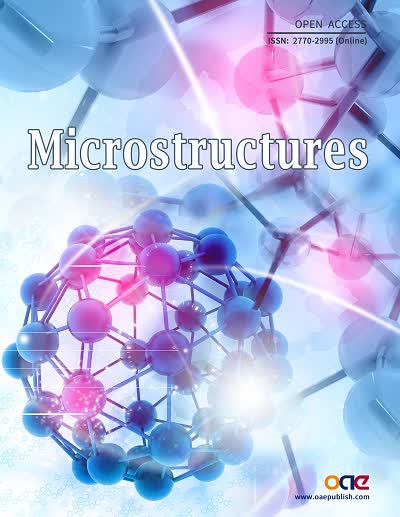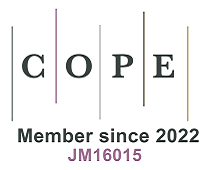fig6

Figure 6. (A) A guide map containing four descriptors, MIES, EOvas, E1Pt, and ΔδPt of TiMO2 as the support for Pt catalysts in fuel cells. Reproduced with the permission of Ref.[92] Copyright 2017, Royal Social of Chemistry. (B) Schematic illustrations of the synthesis of Pt/TiO2 NRs catalyst. Reproduced with the permission of Ref.[93] Copyright 2018, Royal Social of Chemistry. (C) Schematic illustrations of the synthesis of Pt/CeO2/CNT junction interface catalyst. Reproduced with the permission of Ref.[95] Copyright 2020, Elsevier. (D) The mass activity (at 0.9V vs. RHE) and half-wave potential of commercial Pt/C, Pt/NC, and Pt/xCeO2/NC, (E) LSV curves of Pt/0.3CeO2/NC and commercial Pt/C before and after 10,000 cycles. Reproduced with the permission of Ref.[99] Copyright 2022, Royal Social of Chemistry. (F) Schematic illustrations of the synthesis of Pt/white WO3-x NF and Pt/black WO3-x NF catalysts, (G) Binding energies of Pt NPs of different sizes supported on WO3-x NFs. Reproduced with the permission of Ref.[100] Copyright 2021, John Wiley and Sons.









